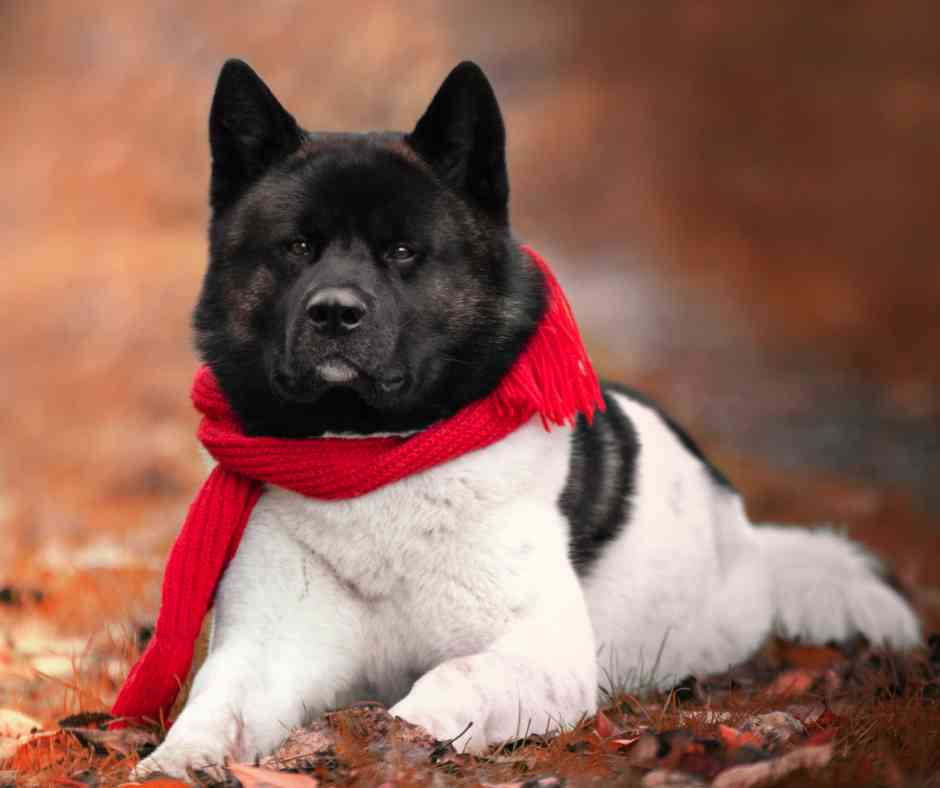The Akita is considered a national monument in it\’s native homeland of Japan where it is revered as a symbol of health, happiness and longevity. At one time the exclusive property of Japanese nobility, this breed was used to hunt large game including Wild Boar and Deer.
Akitas have since found their way into the hearts and homes of people world-wide, and have proven to excel as police dogs, guard dogs, guide dogs, and – most importantly – family pets.
Akita Facts
Color: All colors are accepted, including white, brindle and pinto.
Height: Up to 26 inches at the shoulder
Weight: 70-130 pounds
Exercise Needs: Demanding
Grooming Demands: Moderate
Life Expectancy: 10-14 years
Good With Kids: Yes, with supervision.
Good with Pets?: No
Ease of Training: Medium Difficult
Alternate Names: Japanese Akita Inu, Akita Inu, Akita-Inu
Misspelled Names: Aketa, Japaneseakita, Japanese-Aketa
Breed Group USA: Working
Breed Group UK:
Breed Group Australia:
Breed Group New Zealand:
Breed Group UKC:
Akita History
Largest of the Japanese Spitz breeds, the Akita was originally bred to hunt large game such as bear, deer and wild boar. The Akita breed dates back approximately 300 years and takes its name from the Prefecture of Akita in northern Japan.
In 1931, the Japanese Ministry of Education proclaimed the Akita dog to be a natural monument and all necessary steps were taken to preserve the Akita breed. Helen Keller brought the first Akita to North America in the 1930s after she was given the dog on a visit to Japan. However, it was returning servicemen who had been stationed in Japan who brought the Akita breed back in numbers at the close of World War II.
Akita Appearance
The Akita always makes a lasting first impression. Akita’s are large, powerful dogs with substantial bone and musculature. The broad chest and neck of the Akita serve as a solid base for the Akita’s large head, the Akita’s most distinguishing feature.
The broad skull and the short muzzle form a blunt triangle when viewed from above. The massive head in combination with the small triangular shaped eyes and small erect ears give the Akita dog an intimidating, yet dignified, expression.
The Akita is a very balanced looking dog, being only slightly longer than it is tall. The tail is curled and carried over the back, which serves to balance with the dog\’s head. Typically the male Akita is substantially larger than the female. The males range in weight from about 100 to 130 pounds, while the females range from 70 to 100 pounds.
The double coat of the Akita has the appearance of the typical northern breeds. It is short to moderate in length, but very dense and consists of two layers. The Akita’s undercoat is very soft and is the primary insulator, while the outer coat, or the guard hair, is slightly longer and coarser.
The Akita is very well suited to the coldest of climates, and while it might not enjoy hot weather, its coat does lighten considerably in the warmer months to compensate for the heat.
Akita Temperament
Akitas are extremely intelligent, large, energetic, very territorial and highly devoted to their owners. Akitas are loyal family dogs and fearless guardians of the home that excel in obedience work. These highly intelligent, affectionate dogs make excellent companions.
Akita Exercise Info
Active and agile, this rugged and athletic dog requires lots of outdoor exercise. Akitas are not a good choice for couch potatoes – but will certainly help their owners embark on a new exercise program!
Akita Grooming Info
Their dense, double coat requires regular, thorough brushing at least once a week.
Akita Training
While the Akita is a very loving and loyal companion, he is still a large breed of dog and requires responsible training so that he knows how to behave on a leash and when in public. Additionally, the Akita tends to be aggressive towards other dogs, particularly males.
For this reason, early socialization and obedience courses are essential. Owning an Akita can be a very rewarding experience, but you must be prepared to make a commitment to these large and loving dogs.
Akita Health Info
Like any breed of dog, the Akita is subject to a variety of health concerns. Your best bet is, when deciding to choose a new Akita puppy, check around with several breeders and ask about the various health issues that can affect these beautiful little dogs.
A reputable breeder should be well-versed in the health concerns and should be able to give you more details, as well as showing you the sire and dam of your potential puppy. Some of the health problems that can affect Akitas include:
Aquired Myathenia Gravis
Bloat
Hip Dysplasia
Hyperkalaemia
Uveo-Dermatological Syndrome (VKH)
von Willebrand’s Disease (vWD)
Susceptible to anesthesia, due to small heart size
Choosing a Akita Puppy For Your Family
The Akita is an amazing dog for the right family; known for their cleanliness and quiet personality, they are a popular house dog in their native Japan, as well as throughout the world. Akitas do require special consideration, prior to bringing one home however.
For starters, the Akita can be a very reserved and aloof dog, particularly around strangers, and tend to dislike excessive noise and excitement.
High-traffic homes or families with very young children may find a more social pet better suited to their needs. Additionally, Akitas are not recommended in homes with other animals, particularly other dogs – Aggression is common towards canines and they may cause injury to cats or other pets. .
You can find healthy, home raised Akita puppies for sale on our Akita breeders directory.

